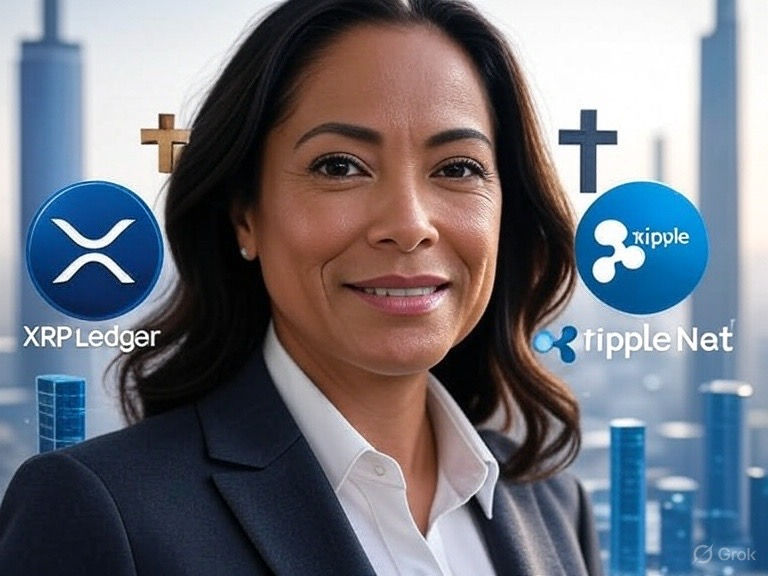World Liberty Financial and USD1: Business Anthropology Examines a Regulated DeFi and Stablecoin Initiative
- Business Anthropology

- Aug 9
- 3 min read

World Liberty Financial (WLFI), launched in October 2024, represents a significant development in the decentralized finance (DeFi) sector, introducing a U.S. dollar-pegged stablecoin, USD1, with a market capitalization of $2.2 billion shortly after its debut. This article provides an objective analysis of $WLFI and $USD1, exploring their structure, regulatory alignment, and potential to reshape the digital dollar within a compliant DeFi framework. By examining the project’s institutional focus, governance model, and strategic partnerships, this study assesses its role in the evolving cryptocurrency landscape and its implications for financial policy and market dynamics.
The WLFI platform aims to enhance financial inclusion by leveraging blockchain technology to bypass traditional banking intermediaries. USD1, its core stablecoin, maintains a 1:1 peg with the U.S. dollar, backed by a reserve of U.S. Treasury securities, dollar deposits, and cash-equivalent assets to ensure stability and transparency. Custodied by BitGo, USD1 operates on Ethereum and Binance Smart Chain, with plans for broader cross-chain compatibility. Its alignment with the proposed Guiding and Establishing National Innovation for U.S. Stablecoins (GENIUS) Act positions it to meet anticipated regulatory standards for reserve transparency, potentially distinguishing it from competitors like Tether (USDT) and Circle (USDC).
USD1’s rapid growth, achieving a $2.2 billion market cap and ranking as the fifth-largest stablecoin, reflects its institutional appeal. A key transaction involved a $2 billion minting deal on Binance Smart Chain with Abu Dhabi’s MGX fund, underscoring USD1’s focus on large-scale investors such as sovereign wealth funds. By offering a crypto-based vehicle for purchasing U.S. Treasuries, USD1 aligns with the increasing demand for U.S. debt, a trend exemplified by Tether’s significant Treasury holdings in 2024. Projections suggest USD1 could reach a $100 billion market cap by late 2025 with additional large deals, though this ambition faces challenges from established stablecoins and market volatility.
The WLFI token serves as the governance and utility mechanism for the USD1 ecosystem, enabling holders to vote on proposals, stake tokens, and earn adoption incentives. Unlike speculative cryptocurrencies, WLFI emphasizes practical utility within a regulated framework. Its initial coin offering (ICO) rounds, priced at $0.015 and $0.05 per token, valued the project at $1.5 billion and $5 billion, respectively, and sold out by March 2025. Initially non-transferable with “no intrinsic value,” these restrictions have been lifted, with the token generation event (TGE) expected in late September or early October 2025. The Trump family’s involvement, with Donald Trump as honorary founder and his sons as Web3 ambassadors, has drawn attention but also raised concerns about potential conflicts of interest due to their 60% ownership stake.
In August 2025, WLFI introduced the USD1 Points Program to incentivize user engagement through partnerships with exchanges like HTX, Gate, and Bitget. This loyalty initiative rewards trading, holding, or staking USD1, aiming to broaden its appeal to retail users while maintaining its institutional focus. The program’s success depends on transparent rules and sustained exchange collaborations, which remain under development. Strategic partnerships, such as a $10 million investment in Dubai-based Falcon Finance to integrate USD1 with the USDf synthetic stablecoin, highlight WLFI’s ambition to build a robust DeFi ecosystem. Additional investments from DWF Labs ($25 million), MGX ($2 billion), and Justin Sun ($75 million in WLFI tokens) bolster its financial foundation but raise questions about regulatory risks, particularly given Binance’s history of compliance issues.
WLFI’s alignment with the GENIUS Act and the Trump administration’s pro-crypto stance could provide a regulatory advantage, positioning USD1 as a compliant alternative to offshore stablecoins like Tether. However, critics highlight risks of market fragmentation and financial instability from private stablecoins, particularly those tied to influential political figures. The Trump family’s role may facilitate regulatory navigation but also invites scrutiny over ethical implications and potential favoritism. As the stablecoin market evolves, WLFI’s success will hinge on balancing innovation with transparency and regulatory adherence, potentially redefining the digital dollar’s role in global finance.
References
1. World Liberty Financial. (2025). Retrieved from https://worldlibertyfinancial.com
2. BitGo. (2025). Digital Asset Custody Services. Retrieved from https://www.bitgo.com
3. U.S. Senate. (2025). Guiding and Establishing National Innovation for U.S. Stablecoins (GENIUS) Act. Retrieved from https://www.congress.gov
4. Binance. (2025). BNB Chain Overview. Retrieved from https://www.binance.com/en/bnb
5. Tether. (2024). Treasury Holdings Report. Retrieved from https://tether.to
6. HTX Exchange. (2025). USD1 Points Program Announcement. Retrieved from https://www.htx.com
7. Gate Exchange. (2025). USD1 Partnership Details. Retrieved from https://www.gate.io
8. Bitget. (2025). USD1 Incentives Program. Retrieved from https://www.bitget.com
9. Falcon Finance. (2025). USDf and USD1 Integration. Retrieved from https://falcon.finance
10. DWF Labs. (2025). Investment Portfolio. Retrieved from https://www.dwflabs.com



Comments